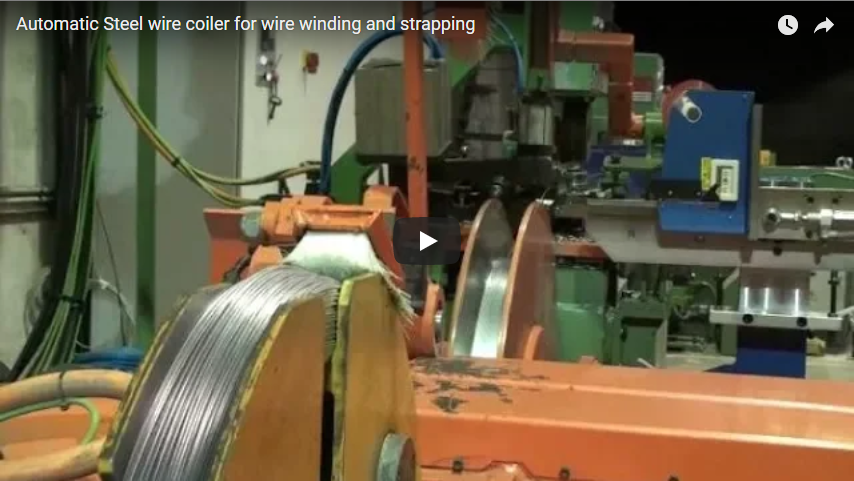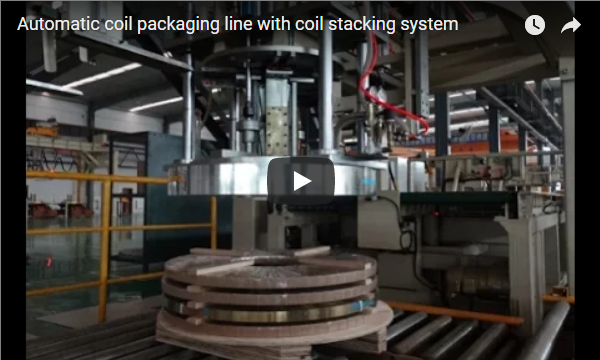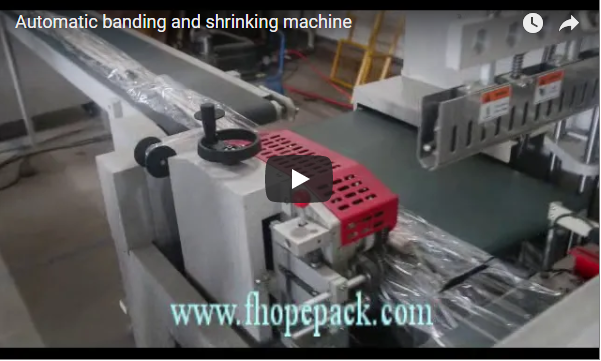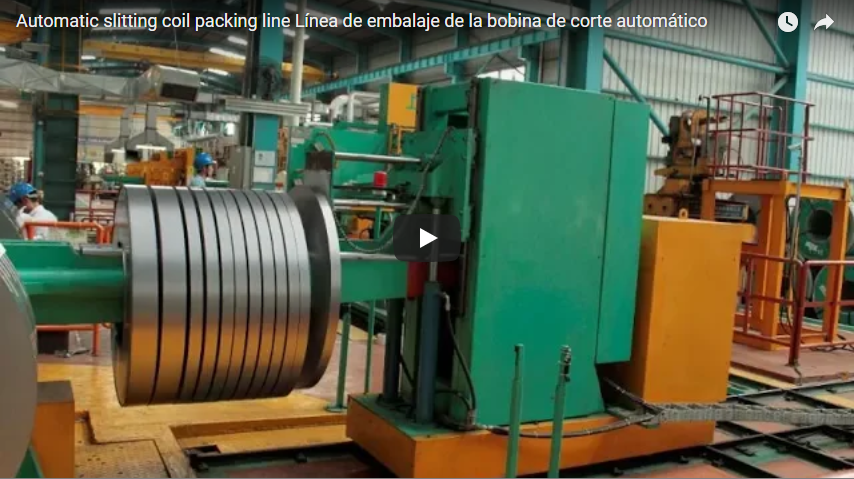How Does a Fully Automatic Copper Coil Packing Line Improve Production Efficiency?
Copper coil handling is labor-intensive, slow, and inconsistent. Many factories still rely on manual processes that cause damage and reduce output. Automation solves this by standardizing every step.
A fully automatic copper coil packing line streamlines packaging with synchronized equipment, minimizing handling time and human error. This leads to safer operations and higher throughput.
Below I’ll break down how each part of the system plays a role, and what you should consider when planning an upgrade.
What Are the Main Components of a Copper Coil Packing Line?
Manual handling often limits packaging consistency. Complex coil sizes require flexible but robust machinery to match the full range of demands.
A complete packing line for copper coils includes turnstile, down-ender, strapping, wrapping, weighing, vacuum stacking, and palletizing. Each station automates a key step for OD 700–1650mm coils.
Understanding Each Component’s Role in the Line
| Component | Function | Notes |
|---|---|---|
| Coil Turnstile | Distributes coils to different packing stations | Handles heavy weight rotation |
| Coil Down-Ender | Tilts coil to eye-to-wall position | Ensures orientation for wrapping |
| Strapping Machine | Applies vertical and horizontal straps | Ensures load stability |
| Stretch Film Wrapper | Applies tight plastic wrap | Prevents dust and moisture ingress |
| Paper Wrapping Station | Adds extra protection layer | Optional depending on shipping type |
| Weighing Station | Captures weight for inventory or invoicing | Integrated with PLC system |
| Vacuum Stacker | Stacks packed coils in batches | Reduces need for forklifts |
| Automatic Palletizer | Places packed coils onto pallets | Prepares for warehousing or delivery |
Each module is designed for quick changeover and non-stop operation. That’s important for copper processing lines where coil dimensions and weights vary greatly.
How Can You Customize the System for Different Coil Sizes?
Most coil packing systems fail when coil specs change. Fixed-dimension machines can’t adapt to new products without costly rework or manual handling.
FHOPE’s copper coil packing line handles OD from 700mm to 1650mm, ID from 400mm to 600mm, width from 10mm to 300mm, and weights from 50kg to 2000kg.
Configuring for Variable Coil Dimensions
| Coil Parameter | Range | Adjustment Mechanism |
|---|---|---|
| Outer Diameter | 700–1650 mm | Movable guide rollers |
| Inner Diameter | 400–600 mm | Adjustable mandrel fingers |
| Coil Width | 10–300 mm | Width-sensing photocells |
| Weight | 50–2000 kg | Hydraulic lifts, heavy-duty conveyors |
The machines use sensors and actuators to detect each coil’s size. The PLC responds by adjusting wrapping width, strap tension, and conveyor height in real time.
When I worked with a factory switching from 1-ton telecom copper coils to 200kg HVAC coils, we used the same system with just a software switch and a tool-less fixture change. That kind of flexibility is what keeps lines running without reengineering.
Why Is Integrated Automation Better Than Standalone Machines?
It’s common to see strapping or wrapping done with standalone machines. But disconnected processes mean extra lifting, positioning, and operator time. That leads to mistakes and lost productivity.
An integrated copper coil packing line connects every station with conveyors and PLC control, turning multiple operations into a single synchronized flow.
Comparing Integrated vs. Standalone Operation
| Factor | Integrated Line | Standalone Machines |
|---|---|---|
| Labor Requirement | 1–2 operators total | 1 operator per machine |
| Cycle Time | Continuous, auto-fed | Interrupted by manual handling |
| Error Rate | Low (PLC-controlled) | High (human-dependent) |
| Safety | Fully enclosed stations | Open manual zones |
| Scalability | Modular extensions available | Hard to upgrade |
With a unified system, I can track each coil’s journey through the line. I know its weight, wrapping layer, and timestamp before it hits the pallet. That’s essential for traceability and quality control.
Once, a client’s customer reported coil damage. We pulled the wrap log by coil serial number, verified the strapping tension, and found the issue came from a forklift accident at the delivery site—not from our line. Without that traceable automation, they might have blamed us.
Conclusion
Building a high-efficiency copper coil packing line means going beyond single machines. It means thinking in terms of flow, safety, and traceability.
At FHOPEPACK, we design each line to match your actual coil specs, not just averages. If you work with coils in the 700–1650mm OD range and need a packaging system that keeps pace with production, reach out to discuss a customized solution. I’ve seen firsthand how a properly integrated system can cut labor, reduce damage, and boost throughput from day one.






